These problems developed during commissioning and during the author’s 17 years’ service in a South Indian Ammonia, Urea, and NPK complex fertilizers plant. The author and his team resolved these problems forever mostly online or involving shortest shutdowns.
That plant’s success ushered many still higher capacities plants in India wary of high-speed centrifugal compressors-based fertilizers technology.
He, a mechanical engineering graduate joined that plant after serving the Steel Authority of India (SAIL) for 13 years as Instrument Engineer.
During his first five yearlong South Indian Fertilizer Plant services, he successfully solved many instruments commissioning problems.
In addition, he offered solutions to many mechanical and electrical problems repeatedly discussed in the problems solving meetings.
During the next 4 years’ tenure as Instrument Electrical and Workshop Engineer, he continued solving more problems.
How he got into handling all given up crippling electrical problems appears in the Electrical Problems Introduction.
During the 8 years tenure as Maintenance Manager, he solved this booklet discussed mechanical problems. Just two months as General Manager, he joined a Saudi Arabian Fertilizer Plant.
During his 5 years Saudi tenure he solved few problems that enabled the debuting co to establish its image as a reputable NH3 supplier initially and as high-quality urea and complex fertilizer supplier after the plant added those facilities.
After the return from Saudi, he took 3½ years of training assignment with Reliance Petroleum Ltd Jamnagar, and several lecture assignments, a one-year assignment with Reliance Navi Mumbai, and a six-month assignment with Chambal Fertilizers Ltd.
Root Cause Analysis (RCA)
The author attributes his problems solving success to the following:
- Every one’s cooperation
- Root Cause Analysis supported by input from the problems-sufferers, instruction manual studies, comparing design and actual operating data, gathering knowhow from relevant literature, tech journals articles and advertisements especially on new products
- In short ‘avoiding the popular industry joke, “When all else fail read the instruction books”
- Consider input from anyone. – no matter his/her qualification and hierarchical rank – thankfully and credit his / her contribution
- The author learnt mere experience does not suffice, as mostly many have one-year experience repeated so many years by not solving problems by root cause analysis and living with it; it makes most persons complacent, leads to take the problems as a way of life and live with them, and prevents finding root cause analysis solutions. Experience combined with adequate job knowledge-based root cause analysis only can solve problems; not years and years of experience alone.
Good Luck to all plant problems solving troubleshooters. The free plant personnel from the drudgery of annoying repeat low-tech tasks, midnight, off days, and during vacation calls and the associated ill effects e.g. the inconvenience and family wrath from missed family times and functions.
Instrumentation Engineering Problems
This root cause analysis (RCA) is from real-time scenarios that happened in industries during the tenure of two or three decades ago. These articles will help you to improve your troubleshooting skills and knowledge.
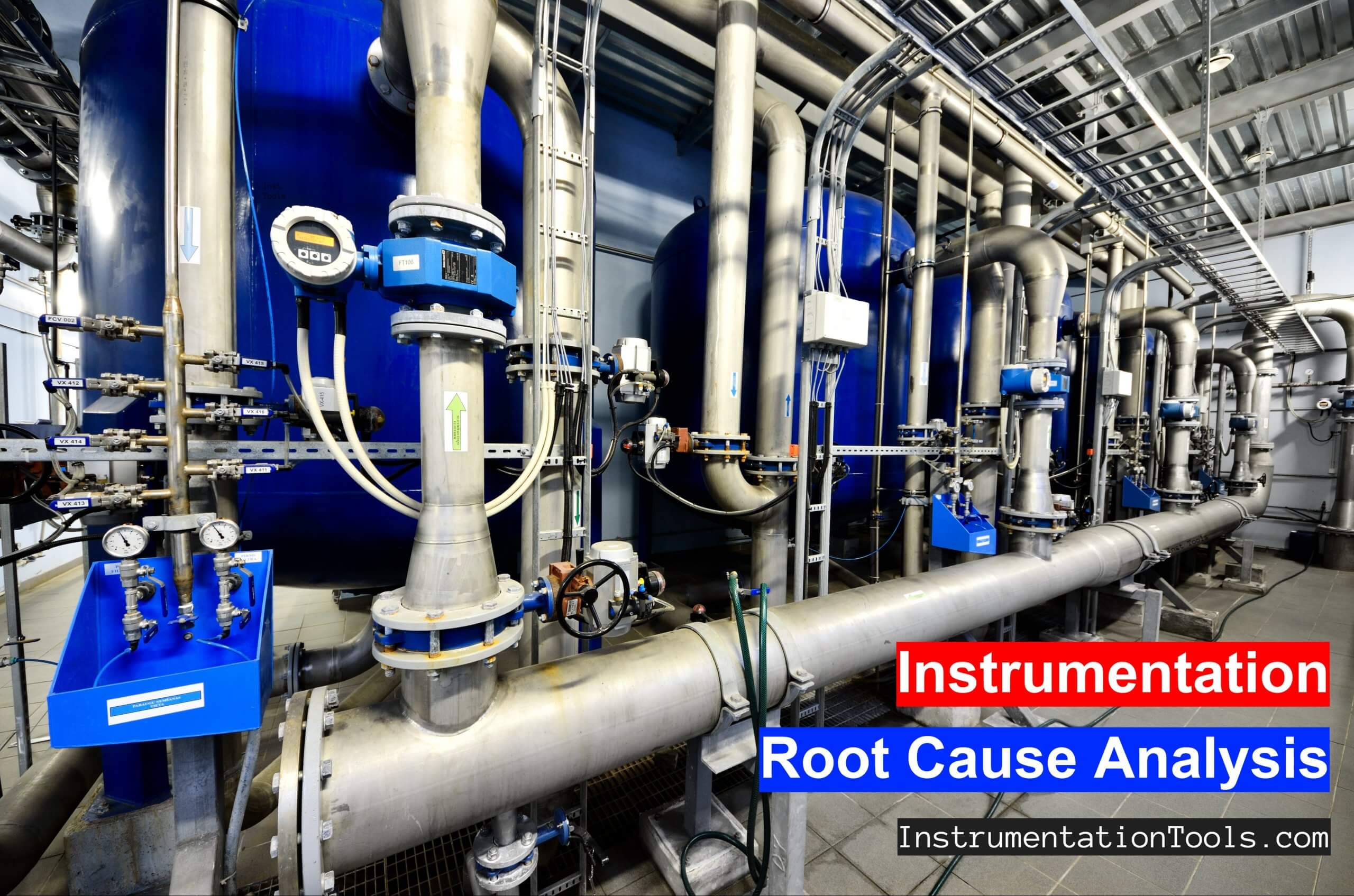
The below is the list of instrumentation solved problems.
| S.No. | Instrumentation Problems and Solutions | Link |
|---|---|---|
| 1. | Unstable & drifting calibration Differential Pressure Transmitters threaten commissioning delays | Article |
| 2. | Leaky Boiler Drum Level Switch Stops NH3 plant commissioning | Article |
| 3. | Steam Pressure Taps Primary Block Valves (PBV) Glands and Bonnets too soon leaks | Article |
| 4. | Erratic Stroking Control Valves threatens delaying the 4-months shutdown plants restart | Article |
| 5. | Pipeline shakes torn apart Valve Positioners threaten NH3 and other plants commissioning | Article |
| 6. | Failed letdown valve shuts down a urea plant several hours | Article |
| 7. | Letdown valve failures repeat | Article |
| 8. | under and over capacity Control Valves pose poor controllability | Article |
| 9. | Passing Control Valves Cause yearly Rs 10 million Losses | Article |
| 10. | CVs leak tightness restorations pose difficulties | Article |
| 11. | Butterfly Valve Failure caused serious vicinity Heavy Fire | Article |
| 12. | Control Valves; Repeat Actuator Diaphragm Bursts | Article |
| 13. | repeatedly scored CV Plug Stem & gland leaks | Article |
| 14. | Control Valves Downstream elbow burst: | Article |
| 15. | Missed ordering transmitters threaten delaying NH3 & other plants commissioning | Article |
| 16. | Cooling water flow meter non-availability misleads buying a Rs. 20- million cooling water pump | Article |
| 17. | Wrecked control panel instruments threatens indefinite total plant SD | Article |
| 18. | Fire burnt Ammonia Converter Thermocouples threaten total entire plant SD | Article |
| 19. | Fire burnt Extension lead also threatens indefinite all plants SD | Article |
| 20. | Stress Relieving tasks Waste TC wires and EL | Article |
| 21. | Mechanical Temperature Indicators too poor lives threaten all plants SD | Article |
| 22. | Seal Pressure Instruments posed pain in the neck DUDPs | Article |
| 23. | Seal Level Differential Pressure transmitters posed even more DDUDP | Article |
| 24. | High-pressure service LTs misunderstood zero drifts | Article |
| 25. | Turbine flow meter (TFM) FIELD calibration uncommon request | Article |
| 26. | serious constraints prevent using an available Turbine Meter for a much needed critical application | Article |
| 27. | Unreliable ammonia flow readings posed many problems | Article |
| 28. | Target Flow Transmitters failed the very midnight | Article |
| 29. | Erratic H2 flow rotameter prevents after TA catalyst reduction | Article |
| 30. | Heavy 4” 300# flanged rotameter not only read correctly but caused pipe weld cracks also! | Article |
| 31. | Ammonia Flash Vessel All level instruments stopped reading | Article |
| 32. | Multistage Flash drums erratic Level Readings | Article |
| 33. | Weigh Feeders Poor availabilities | Article |
| 34. | Frozen screwed cover extended 1½ shifts plant SD | Article |
| 35. | Repeated thermowell shank to flange weld leaks | Article |
| 36. | Doubtful temperature readings threatens Soaking Pit Wrecks | Article |
| 37. | Re-Heating furnace doubted Temperature Readings | Article |
| 38. | None could repair slightly damaged Magnetic Flow Meter flow tube | Article |
| 39. | None could repair winding burnt & Extensively Damaged flow tube liner Magnetic Flow Meter | Article |
| 40. | Interrupted Liquid Ammonia Ship Loading posed DDUDP | Article |
| 41. | Safety Liquid Ammonia disconnect threatens Large Quantities NH3 vapor spill | Article |
| 42. | Bagging scales Low availabilities threatened production cuts | Article |
| 43. | Stuck Segment Orifice dimensions calculations might need Rs 20 million pump import | Article |
| 44. | Erratic Radar Level Gauges delays a huge refinery commissioning | Article |
Also Read:
Author: S. Raghava Chari
Do you face any similar issues? Share with us through the below comments section.
If you liked this article, then please subscribe to our YouTube Channel for Instrumentation, Electrical, PLC, and SCADA video tutorials.
You can also follow us on Facebook and Twitter to receive daily updates.

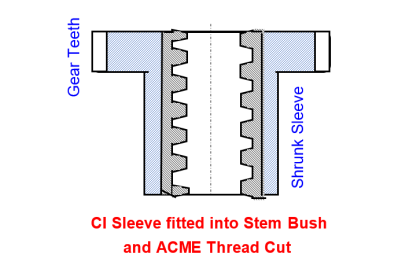
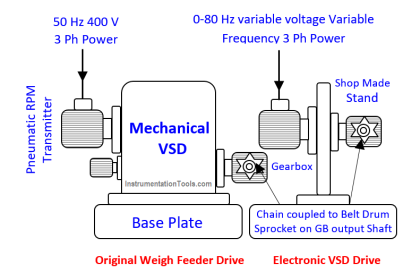
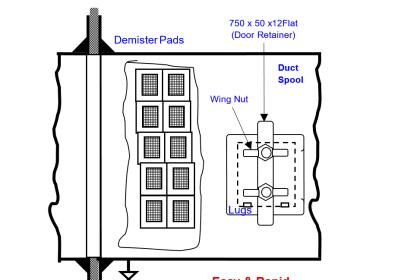

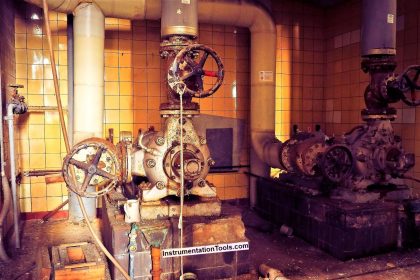


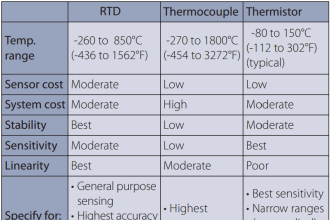




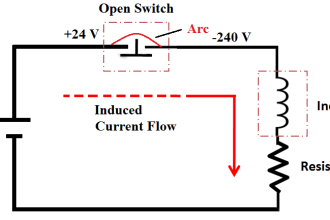

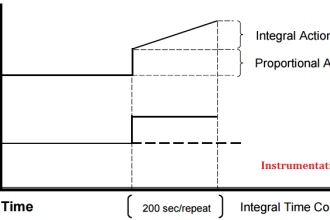

Thank you sir for sharing the RCA’s of instrumentation. Really useful.
Lots of knowledge. thank you
Good share. I think some of the rca for old instruments which we don’t see in todays world.
nice collection sir thanks for sharing your knowledge.
Dear Chaitu,
Except for turbine flow meters, Corioliss flow meters, and vortex flowmeters whether pneumatic or electric transmitters for flow, pressure, level and differential pressure the transmitters’ process sensing section is the same.
Even in these cases the measured mediums properties make some unsuitable for the selected applications; e.g., substituted Target Flow Transmitters and in place of the never working DPTS – reasons given in the article – and even the selected Target Flow Transmitter not working in the nights and the practical and inexpensive solution to overcome the ‘failing at night problem’.
Hence, all the case studies I discussed particularly on seal type of instruments apply equally well to pneumatic or electronic field transmitters and are highly relevant even today and also forever, until someone invents process non-invasive instruments.
Raghava Chari
an extraordinary contribution to the instrumentation community.
very interesting articles and lot of hard work done on the jobs.
Really good, thanks to the author for sharing his experience.
Really Really important knowledge for us. Thank you.
but what i can discuss with you directly issues ,, can i email you? please reply me. Thanks
Dear Jasim
Sorry I happened to see your request just today (March 5, 2023). You are welcome to email me at [email protected]
Raghava
More knowledge.